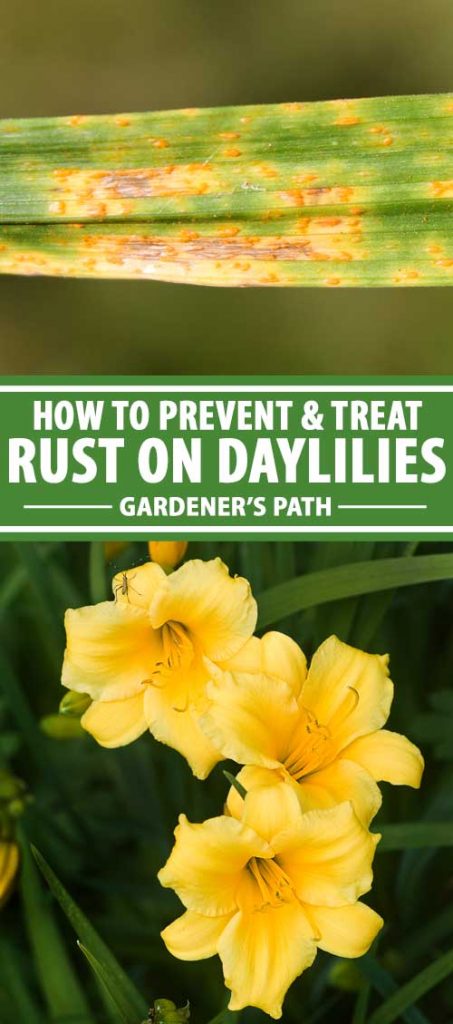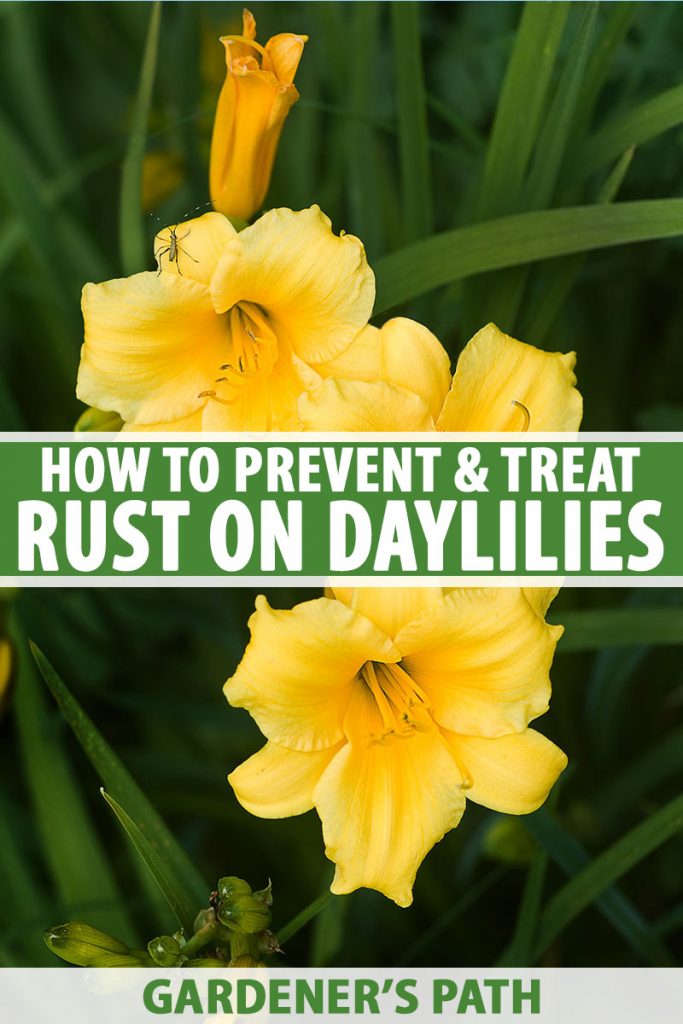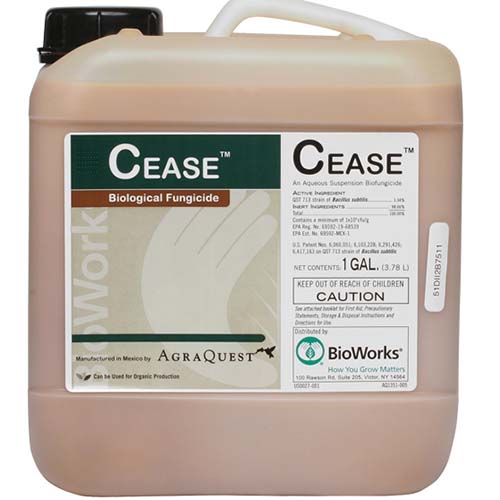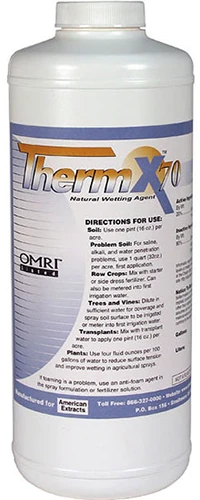daylily, Hemerocallis spp., is a flowering perennial all through the Asphodelaceae household that brightens summer season season gardens in USDA Hardiness Zones 3 to 9.
It sprouts from a rhizome and has naked, slender stems – or scapes – that rise from clumps of foliage that resemble huge blades of grass.
Every bears an abundance of blossoms that seem intermittently all by the summer season season, and every bloom lasts merely in the long run.
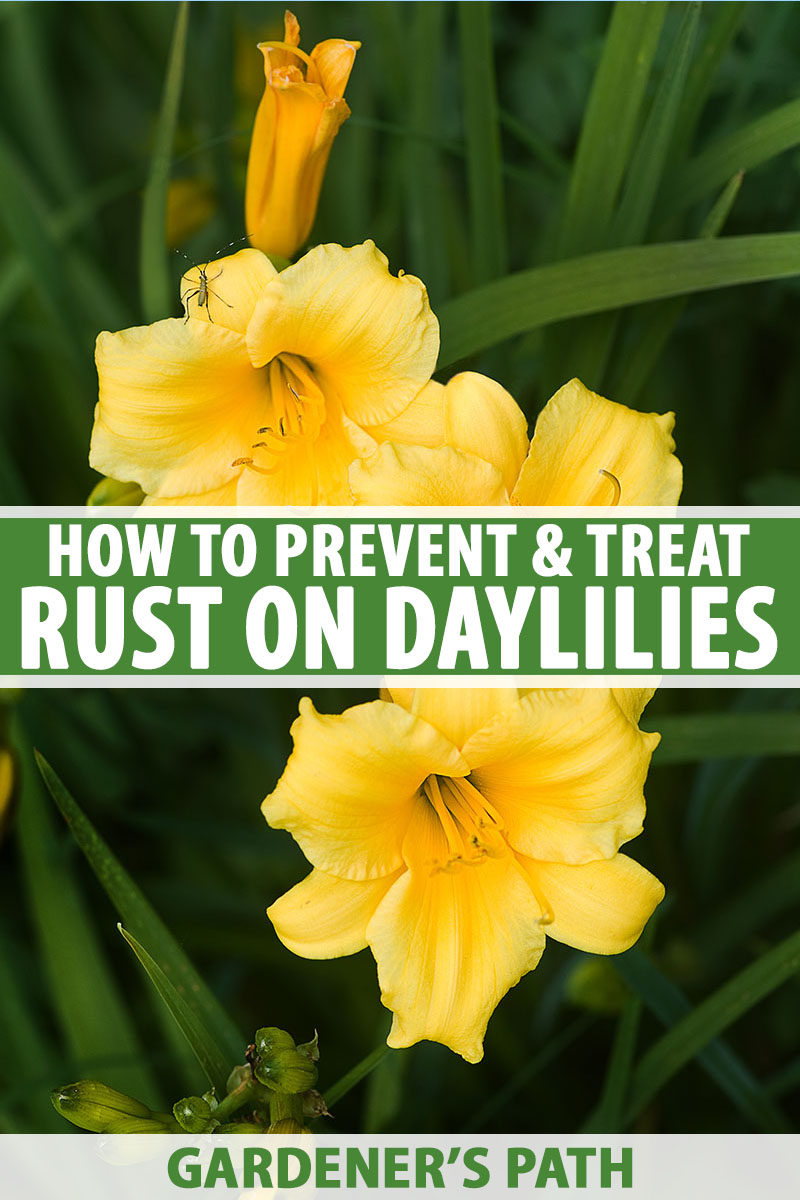

We hyperlink to distributors which will show you how to uncover related merchandise. For people who purchase from one amongst our hyperlinks, we might earn a cost.
In our information to rising daylilieswe talked about all it is best to know to domesticate and cope with this showy decorative in your summer season season yard.
On this textual content, we discuss recognizing, managing, and stopping daylily rust, a state of affairs that may current itself when rising situations are lower than ultimate.
Correct proper right here’s what’s in retailer:
Let’s get began.
What Is Daylily Rust?
Rust is a fungal illness that spreads principally by air and water by the use of microscopic spores.
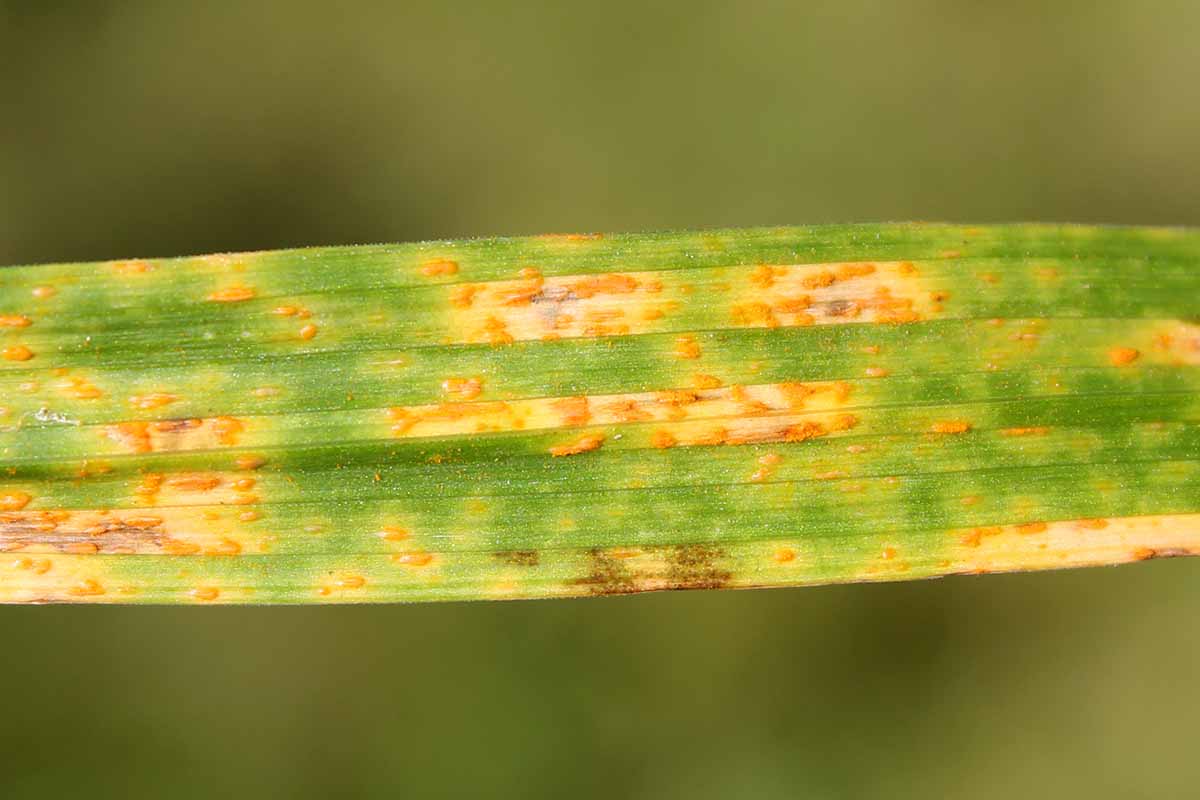

There are 168 genera of parasitic fungi that may set off rust. Over half of those belong to the Puccinia genus, and every species has a favourite host plant.
For instance, the pathogen that spreads canna rust is P. thaliae.
Contained in the case of the daylily, the rust-spreading parasite is P. hemerocallidis.
Rust optimistic parts a foothold when favorable native climate situations – extended damp situations and excessive relative humidity – and gardening practices (or an absence thereof) come collectively to create a type of superb storm.
Supreme Rising Circumstances
Hemerocallis thrives in a full photograph voltaic to half shade location.
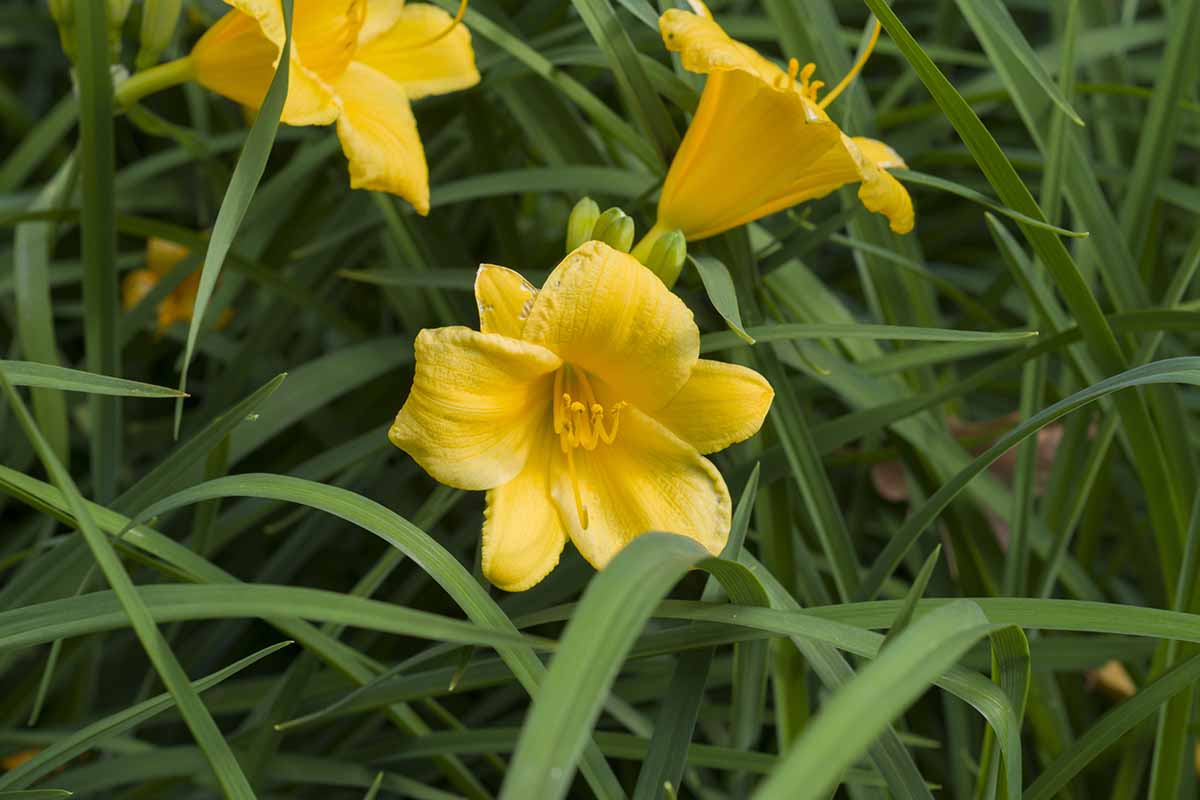

It prefers organically-rich loam, nonetheless will tolerate widespread to poor top of the range soil, equipped it has a barely acidic pH of 5.5 to six.5 and drains appropriately.
Vegetation require about an inch of water per week and thrive in soil that’s saved evenly moist, nonetheless by no means waterlogged.
Deadheading vegetation all by the rising season encourages reblooming. Dividing clumps each few years retains them healthful and vigorous.
When these situations should not met, vegetation can develop to be confused. An absence of acceptable airflow, an overabundance of water, to little sunshine, and presumably considerably little little bit of neglect on the a part of the gardener, can carry out invites to the fungi that set off this illness.
So what do you need to look out for? And what’s a gardener to do?
Indicators of Problem
The daylily is a dynamic bloomer with a excessive tolerance for warmth and humidity.
Nonetheless, if there may be an extra of moisture or humidity all through the yard, it turns into susceptible to pathogens that thrive in damp situations.
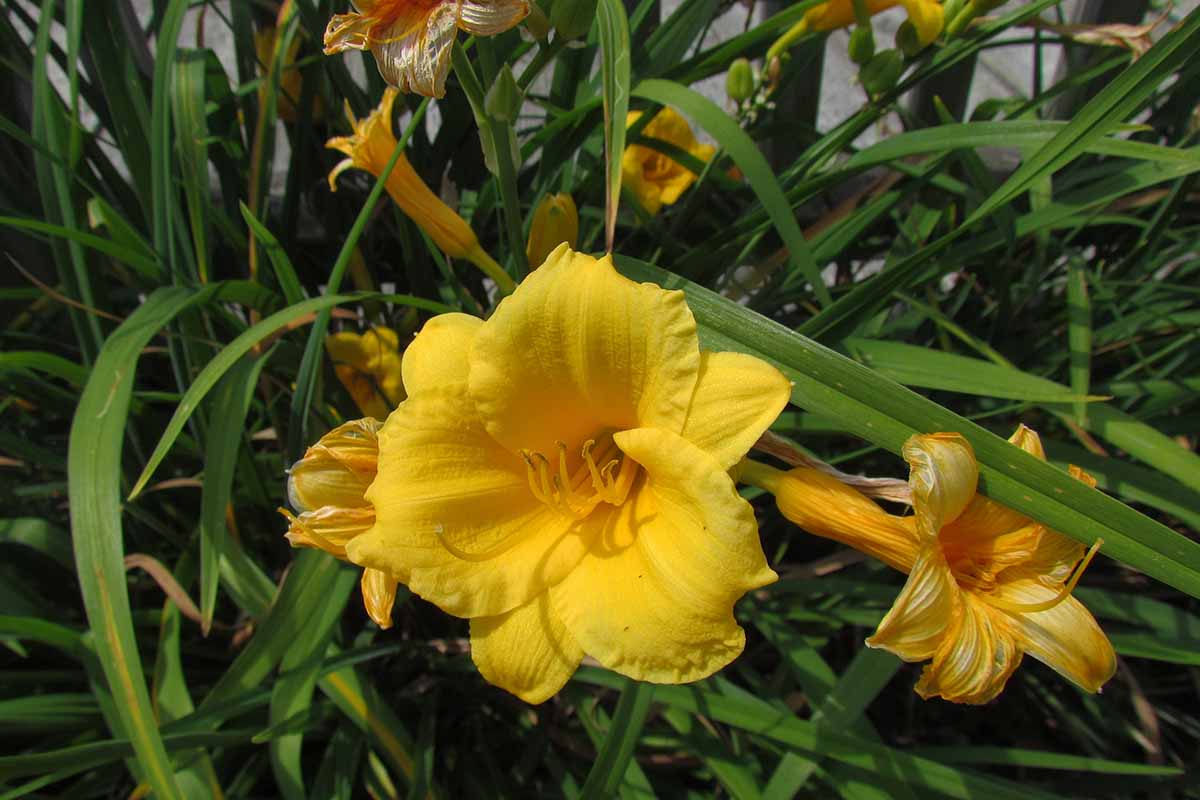

Until you have a look at the undersides of your daylily leaves generally, you wouldn’t know you would possibly want rust till the tops of the leaves develop to be discolored and disfigured.
Nonetheless, the issue might begin appropriately before that.
The primary signal can also be a slight yellowing, referred to as “chlorosis,” on one or two leaves. This may occur on account of every too little or an excessive amount of water, and can also be accompanied by wilting.
If it’s been terribly scorching and dry, it’s further in all probability that the vegetation are dehydrated, whereby case they’ve little attraction to P. hemerocallidis.
Nonetheless, if it’s been notably moist and humid, or in case you’ve got overwatered, the yellowing foliage is larger than susceptible to be from oversaturation.
This creates a neighborhood local weather conducive to fungal spore germination.
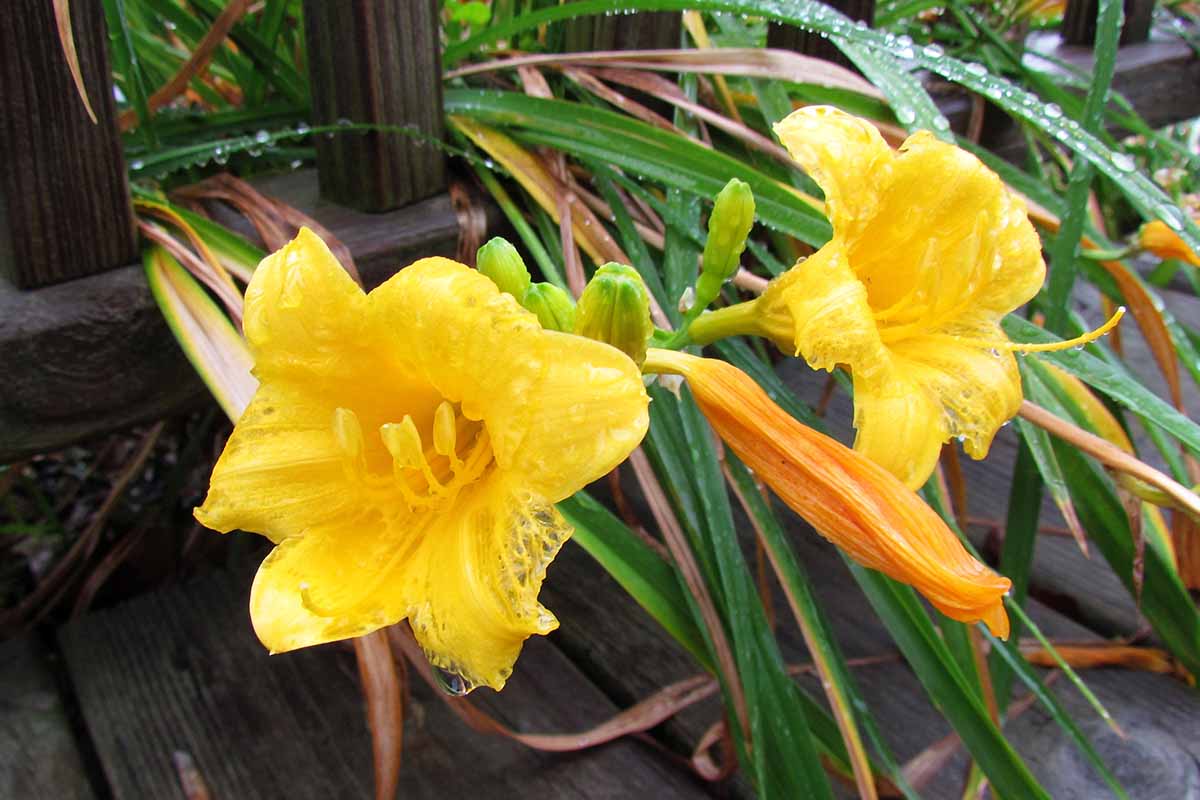

The perfect parts of entry for parasitic fungi are the pores, or stomata, on the undersides of the leaves. These are the openings that enable for the commerce of gasoline and air between the plant tissue and the setting
When P. hemerocallidis spores land on moist leaf tissue, they start feeding on the plant tissue and should go unnoticed till the harm is intensive.
Inside per week to 10 days of feeding, a telltale path of yellowish-brown spots develops that, upon shut commentary, are literally raised blisters, or pustules.
On account of the spots improve in quantity, they mix to type rusty, reddish-brown patches that go away a powdery coating on the hand when touched.
Subsequent, the underside harm penetrates the leaf tissue, displaying as brown blotches on the leaf flooring. This lifeless, or necrotic, plant tissue turns into dry and flaky, breaks away, and leaves holes all through the foliage.
Over time, stem and leaf harm cripples the plant, inflicting it to drop its foliage, wilt, and die.
Affected vegetation should be uprooted and disposed of all through the trash. Don’t place them on the compost pile. You can too burn them, nonetheless even the ashes should nonetheless comprise fungal spores, so put them all through the trash, too.
One daylily with rust places all of the others in your yard liable to contracting the illness.
Remedy Alternatives
Firstly of a fungal outbreak, you’d attempt to salvage affected vegetation and shield neighboring ones with an utility of a centered fungicide formulated to deal with rust.
Evaluation have confirmed that the simplest chemical fungicide for addressing P. hemerocallidis is tebuconazole.
It is a systemic chemical product, which suggests it’s absorbed and penetrates plant tissues. This product should be blended with water and sprayed onto the bottom and underside of foliage, per bundle deal directions, to deal with fungal unfold. It will even be used preventively.
Rust could be troublesome to cope with, because of it has the potential to change into proof in opposition to fungicides.
As a result of this, some gardeners alternate a systemic product with a contact, or defending product. Contact merchandise are utilized to foliage and don’t penetrate the plant tissues.
That is all appropriately and good for industrial growers, nonetheless it could appear to be numerous effort for the house gardener.
A substitute for chemical therapies, and to keep away from the need of alternating systemic with contact merchandise, is a biofungicide referred to as CEASE™, obtainable from Arbico Organics.
It is a product that works on contact with foliage. It incorporates Bacillus subtilisa naturally occurring bacterium, versus a chemical fungicide. The spores of the micro organism compete with the fungal spores and forestall them from rising.
P. hemerocallidis is just no extra susceptible to develop to be proof in opposition to this product.
Uncover CEASE™ from Arbico Organics in quite a lot of bundle deal sizes.
Be taught further about controlling plant pathogens with B. subtilis on this information.
The one draw again to utilizing a product like CEASE™ is that it requires using an extra product, referred to as a spreader sticker, to make it rain-fast.
This enables the fungicide to stay on the bottom of the foliage regardless of rainfall.
Arbico Organics presents a sticker spreader referred to as Therm X-70®.
This product is acceptable with most agricultural chemical compounds, nonetheless compatibility testing is normally beneficial.
Uncover Therm X-70® Sticker now from Arbico Organics in quart-, gallon-, and five-gallon containers.
It is likely to be fairly troublesome to aim to eradicate rust from the yard. Many vegetation are inclined to pathogens express to their botanical species.
And of the fairly a number of chemical therapies obtainable, some comprise poisonous heavy metals that pose dangers all through the residence yard.
Furthermore, even do you have to happen to do address vegetation, the spores should nonetheless be lurking in lifeless plant provides and on the underside the place they’ll overwinter, solely to reappear the next spring.
With that talked about, let’s flip our consideration from treatment after the precise truth to prevention.
Preventative Methods
Moderately than coping with rust that’s already underway, why not do the entire thing potential to maintain up it from gaining a foothold all through the primary place?
Listed beneath are 11 ideas for making rust unwelcome in your yard:
1. Select daylily varieties which are disease-resistant.
2. Plant in a sunny location, with a minimal of six hours of direct daylight per day. This will assist moisture to evaporate from the leaves.
3. An inch of water per week is lots. Water on the soil diploma to maintain up foliage dry or consider inserting in a drip irrigation system to take care of up good drainage, and hold water off the leaves.
4. Apply a layer of mulch spherical vegetation to inhibit weeds, which can harbor fungal spores.
5. Dwelling vegetation appropriately, 12 to 18 inches aside, to make sure sufficient airflow and keep away from rising relative humidity between vegetation.
6. Deadhead and prune leggy stems to open vegetation as quite a bit as airflow, keep away from rising relative humidity, and permit fungicides to penetrate (if wished).
7. Sanitize yard units with a ten p.c bleach reply to forestall the unfold of illness from plant to plant.
8. Apply a well-balanced fertilizer in spring to advertise a powerful flush of development.
9. Divide vegetation each two to a few years to take care of up vigor and improve airflow.
10. Steer clear of planting daylilies in an home that has had a rust outbreak beforehand.
11. And finally, consider making use of fungicides preventatively, per bundle deal directions, to keep away from a rust outbreak.
Acutely conscious Administration
I need to develop daylilies correct proper right here in southeastern Pennsylvania. One cultivar I’ve had good luck with over the sooner 15 years is Hemerocallis 'Gold Star.'
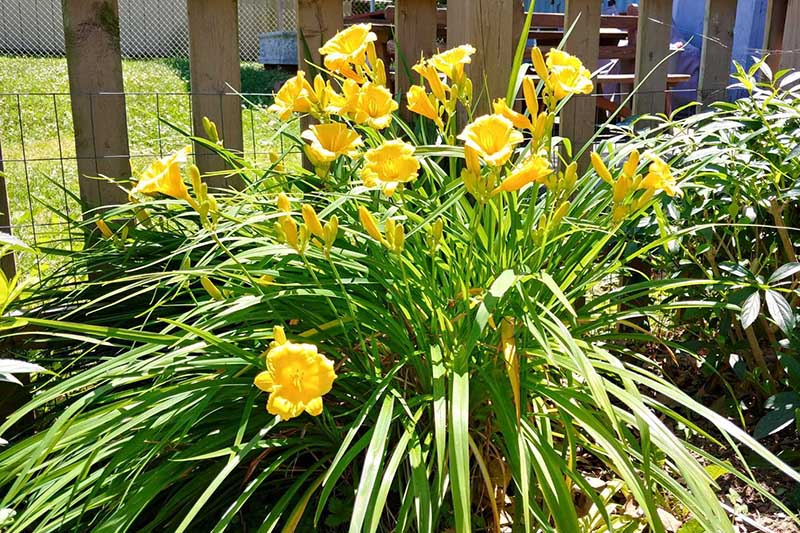

It’s a compact foot-tall cultivar with considerable golden-yellow, ruffled flowers. And whereas no cultivar is totally rust resistant, this one ranks above widespread.
Summers listed beneath are at all times humid, and infrequently moist, nonetheless I’ve by no means had a problem. (Correctly, till this yr, sadly). Along with, my roadside vegetation face up to yearly bombardments from winter freeway salt.
Select disease-resistant vegetation, use largest gardening practices, and make sure foliage repeatedly, notably the undersides the place the issue generally begins.
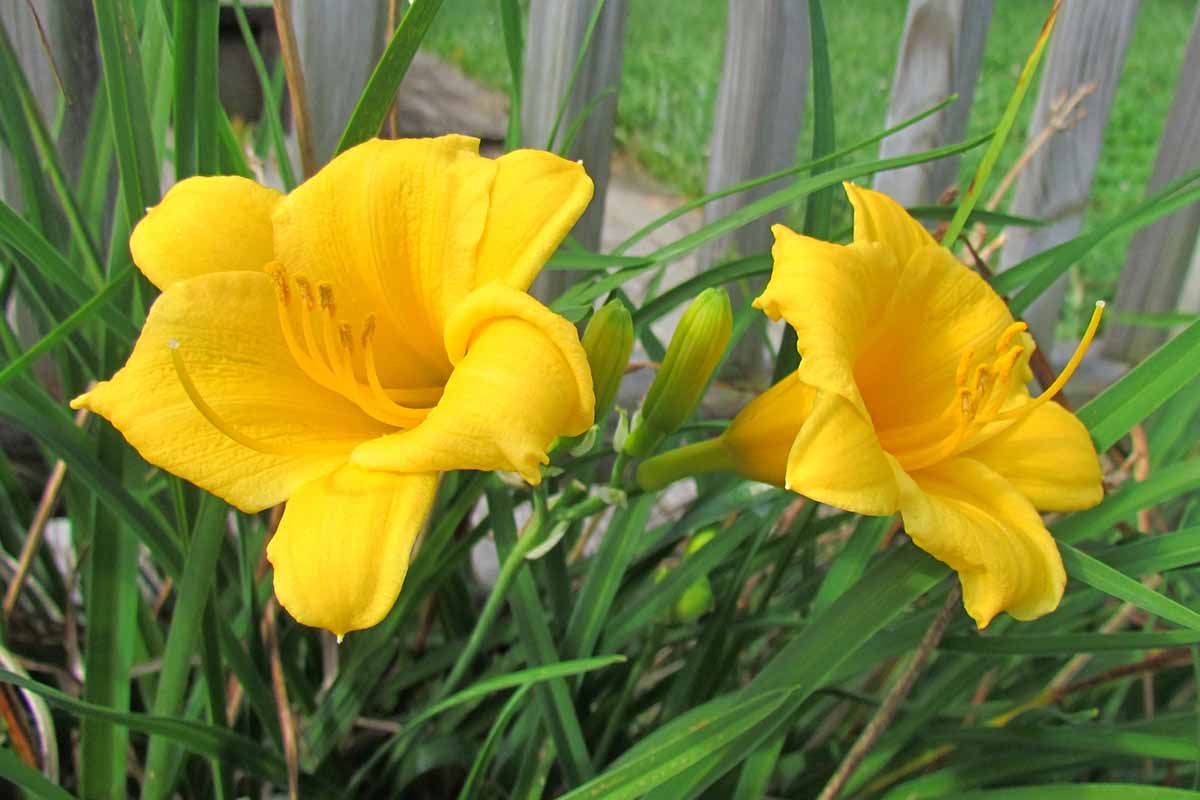

For people who see the warning indicators, act promptly. Take away and get rid of affected provides and sanitize your units. Apply fungicide as wished, per bundle deal directions.
The daylily is a summer season season major that appears enticing when planted en masse alongside a walkway or roadside. Don’t hesitate to make it a panorama staple!
Are you rising daylilies? Have you ever ever ever had any factors with this illness? Share your ideas all through the ideas beneath.
And to test further about managing pests and illness in your yard, try the next guides subsequent:

